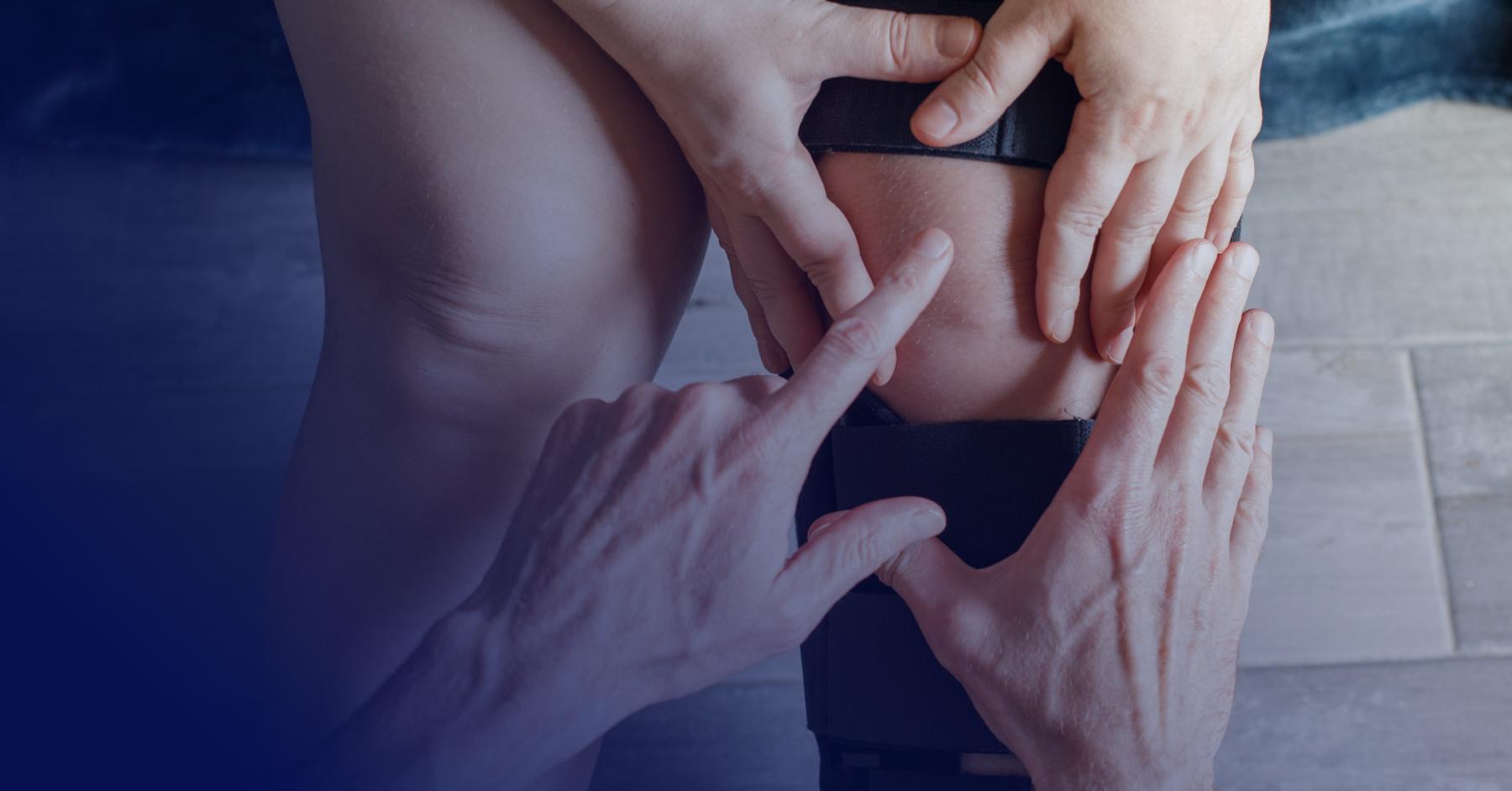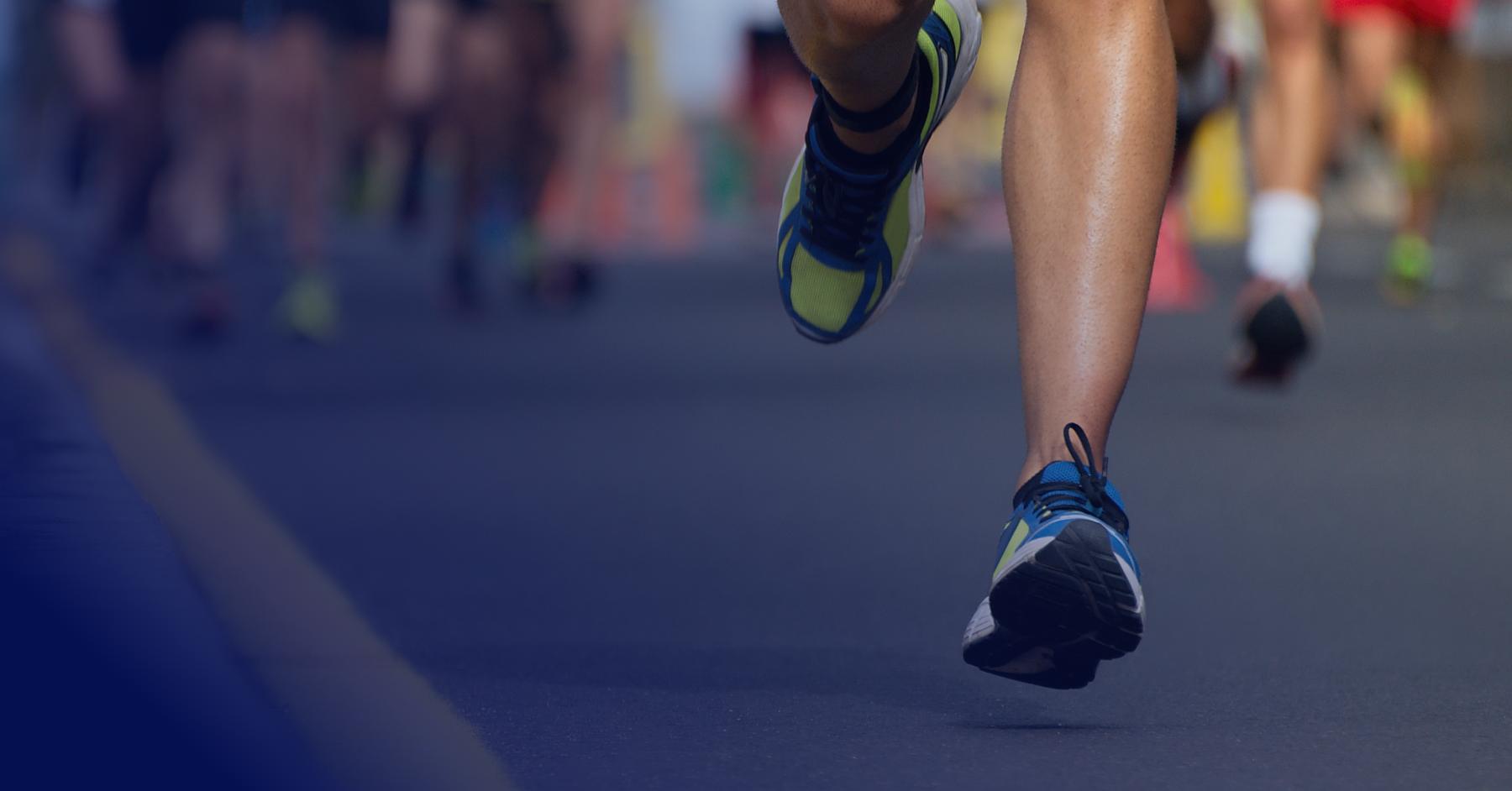How to Prepare Your Body for Peak Spring Performance
Sports Medicine

Spring is here! Time for athletes and workout enthusiasts to loosen up those stiff muscles, get outside, and enjoy their favorite sports.
But after a winter of hibernation, you may not be ready to hit the ground running, and your sports performance may suffer, leading to injury. Not to worry. With these tips and sports physical therapy, you can reach your peak sports performance potential this spring.
Why preparation is essential for peak performance
It may be tempting to jump right back into sports as temperatures rise. But, after a winter of inactivity, your body needs a little time to get back to its best.
Common Springtime sporting injuries
Heading back into sports without the right preparation can raise the risks of suffering from one of these common injuries:
Runner’s knee. Running is a great spring exercise, but it can cause runner’s knee if you rapidly increase the intensity and length of your runs without giving your body enough time to prepare. If you notice pain and swelling around the kneecap, you may have a runner’s knee.
Ankle sprains. Love to play soccer and basketball in the sunlight? These high-intensity sports can lead to sprains when the ligaments in the ankle are stretched or torn due to sudden twists and rolls of the joint.

Overuse injuries. Sports such as golfing and tennis demand repetitive motions that can add stress to your muscles, ligaments, and tendons. One example is tennis elbow. Swinging a racket and hitting a ball repeatedly can strain the tendons that attach the forearm muscles to the elbow, leading to pain when lifting objects or extending your arm.
Tendonitis. A common injury associated with overuse injuries is tendonitis. The tendon becomes inflamed, causing pain, swelling, and stiffness. It’s common among golfers, tennis players, and baseball players. But it can also occur in sports like basketball and soccer where you stop and start abruptly or jump. In those instances, the tendonitis may be centered in the knee or ankle.
How sports physical therapy can help improve performance
Want to take your sports performance to the next level this spring? A good place to start is to make an appointment with a sports physical therapist.
A sports physical therapist is trained to help athletes of all ages reach peak sports performance. They can devise exercises tailored to your needs and the specific motions of your sport. For example, if you play soccer, your exercises will emphasize running and sprinting.
Another reason to go to a sports physical therapist is he or she can review your technique when you play your sport. Many injuries may be caused by improper form. By spotting where your form is off, your sports physical therapist can improve your technique and help you avoid pain and discomfort.
A sports physical therapist can also help you balance intense exercise with rest. Your body needs time to recover, so rest is just as important as your workout.
In general, to boost your sports performance this spring, you’ll need to increase your muscle strength and flexibility. The exercises detailed in the next two sections are designed for just those purposes.
Strength training exercises for peak spring performance
Strength training needn’t involve going to a gym and using their equipment — although you certainly can. These exercises can be done at home, but always consult with your sports physical therapist before starting any exercise program.
Stationary lunge
- Stand up in a comfortable position.
- Step forward on one foot and lean forward until your knee is at a 90-degree angle and the rear knee is parallel to the floor.
- Hold and return to the starting position.
Squats
- Begin by standing with your feet slightly wider than shoulder-width apart.
- Point your toes ahead.
- Slowly move downward, bending your hips, knees, and ankles until your knees are at a 90-degree angle without rolling them inward or outward.
- Return to the starting position.
Biceps curl with a barbell
- Pick up a barbell with your palms facing away from your body. Your hands should be comfortably distance on the barbell or about shoulder-width apart.
- As you keep your back straight and tighten your abdominal muscles, curl the barbell up by bending your elbows.
- Return to the starting position.
Flexibility training for peak spring performance
Flexible muscles can prevent injuries, so be sure to stretch before and after your workout for about 15 minutes. Stop if you feel intense pain.
Calf stretch
- Stand arm’s length away from a wall or sturdy piece of furniture.
- Put your right foot behind your left foot, and slowly bend your left leg forward, keeping your right knee straight and your right heel on the floor.
- Hold for 30 seconds.
- Repeat with the other leg.
Hamstring stretch
- Lie on the floor near the outer corner of a wall with your left leg next to the wall.
- Raise your left leg and rest your left heel against the wall, keeping your left knee slightly bent.
- Gradually straighten your left leg until you feel a stretch along the back of your left thigh.
- Hold for 30 seconds.
- Repeat with the right leg.
Shoulder stretch
- Bring your left arm across your body
- Grab your left arm with your right arm above or below the elbow and gently pull.
- Hold for 30 seconds.
Get ready for spring!
Gearing up for the spring sports season? The sports physical therapy team at All Sports Physical Therapy can work with you to achieve peak sports performance with a holistic plan of exercises and rest. Contact us today for an appointment.



